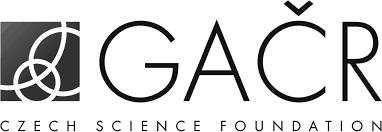This contribution presents a synthesis of sustainable renewable energy supply networks to achieve a carbon emission neutral energy system in the EU by 2050, considering the generation and supply of heat and electricity from renewable and nuclear sources, second- and third-generation liquid biofuels, hydrogen and by-products from different sources using different conversion and storage technologies. A multi-period, mixed-integer linear programming (MILP) model is developed that aims to maximize the Sustainability Net Present Value of the EU’s future energy system, emphasizing the role of energy storage technologies in achieving carbon emissions neutrality while taking into account the Earth’s great potential for self-regeneration. The results show that in 2050, 502 TWh/y of electricity demand could be covered by electricity stored in batteries, followed by 213 TWh/y covered by pumped hydro storage, while applied thermal energy storage technologies are expected to meet 389 TWh/y of heat demand. The integration of the studied electricity and thermal storage technologies will also make an important contribution to achieving a carbon-neutral energy system in the EU with a 7.6 % reduction in CO2 emissions in 2050 for the identified energy mix compared to the system without energy storages.


